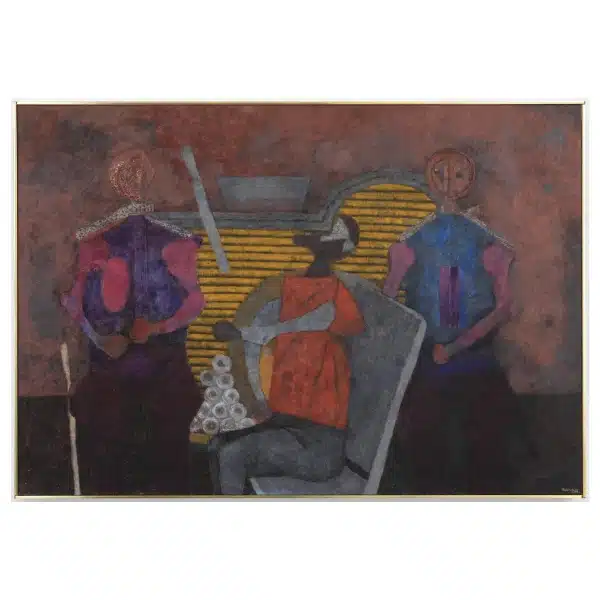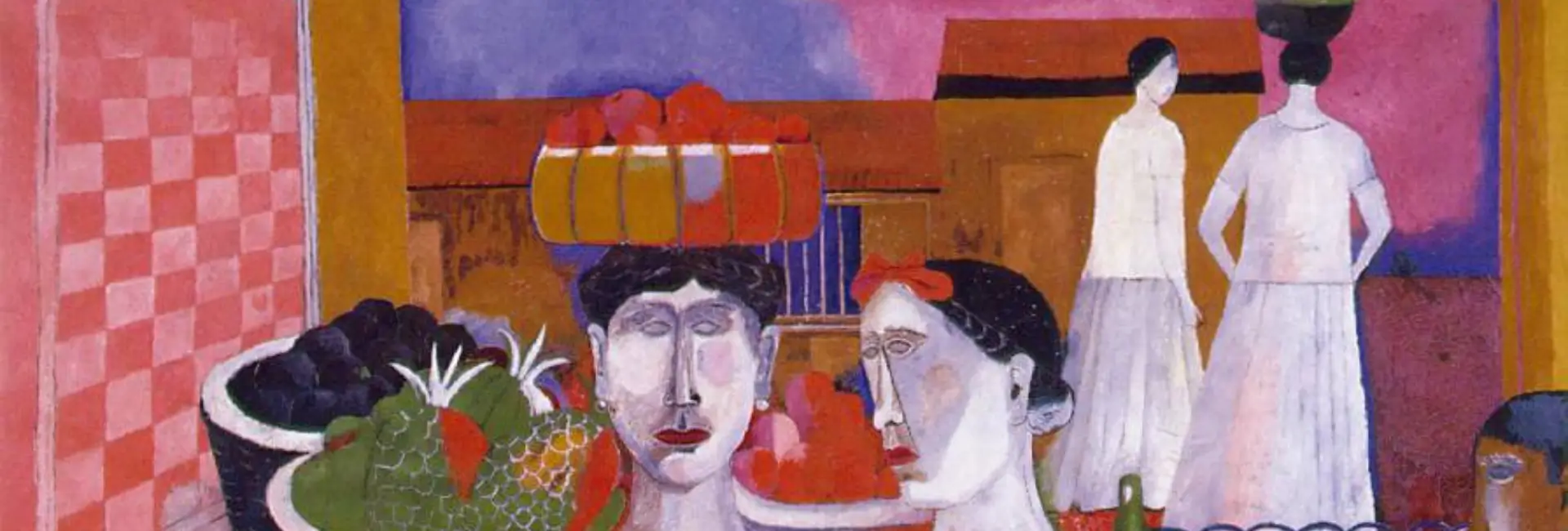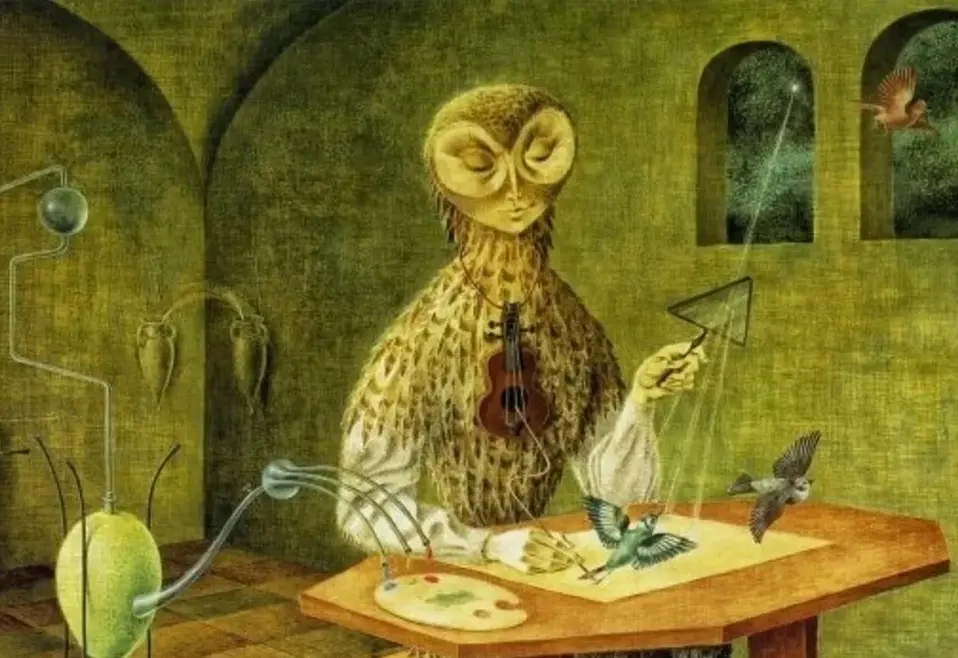
Collector’s Guide: Everything you need to know before investing in art
Investing in art can be one of the most exciting and rewarding decisions you make. Beyond its aesthetic value, art has established itself as an intel

Oil on canvas
125 x 180.4 cm
49 1/4 x 71 in

Rufino Tamayo (1899-1991) was a Mexican painter and muralist whose work fused pre-Hispanic tradition with modernity. His style is characterized by the use of color, geometry and a strong influence of Mexican folk art. Unlike the muralists of his time, he avoided a political approach, focusing instead on the exploration of identity and aesthetics. His legacy includes paintings, prints and murals in important international institutions. Tamayo is recognized as a key figure in modern Latin American art, with a body of work that remains relevant today.
Born in Oaxaca, Tamayo moved to Mexico City after the death of his parents and studied at the Academia de San Carlos. Attracted by the forms and colors of Mexican folk art, he developed a style of his own that combined expressionism, cubism and surrealism. His work distanced himself from the politically committed art of muralists such as Diego Rivera and José Clemente Orozco, opting for a more personal and universal vision of Mexican culture.
Throughout his career, Tamayo exhibited in cities such as New York, Paris and Tokyo, establishing himself as an artist of international prestige. He created emblematic murals such as America (1956) in Houston and Tribute to La Raza (1979) at the Palacio de Bellas Artes. In addition, his contribution to art transcended his personal work with the founding of the Rufino Tamayo Museum in Mexico City.
Rufino Tamayo’s impact on art continues to be felt today, with his works exhibited in important museums and private collections around the world. His ability to reinterpret the Mexican cultural heritage with a modern language made him a fundamental figure in 20th century art.

Investing in art can be one of the most exciting and rewarding decisions you make. Beyond its aesthetic value, art has established itself as an intel

For centuries, Mexican art has been a mirror of national identity, a form of expression that has accompanied the most important moments in the countr

